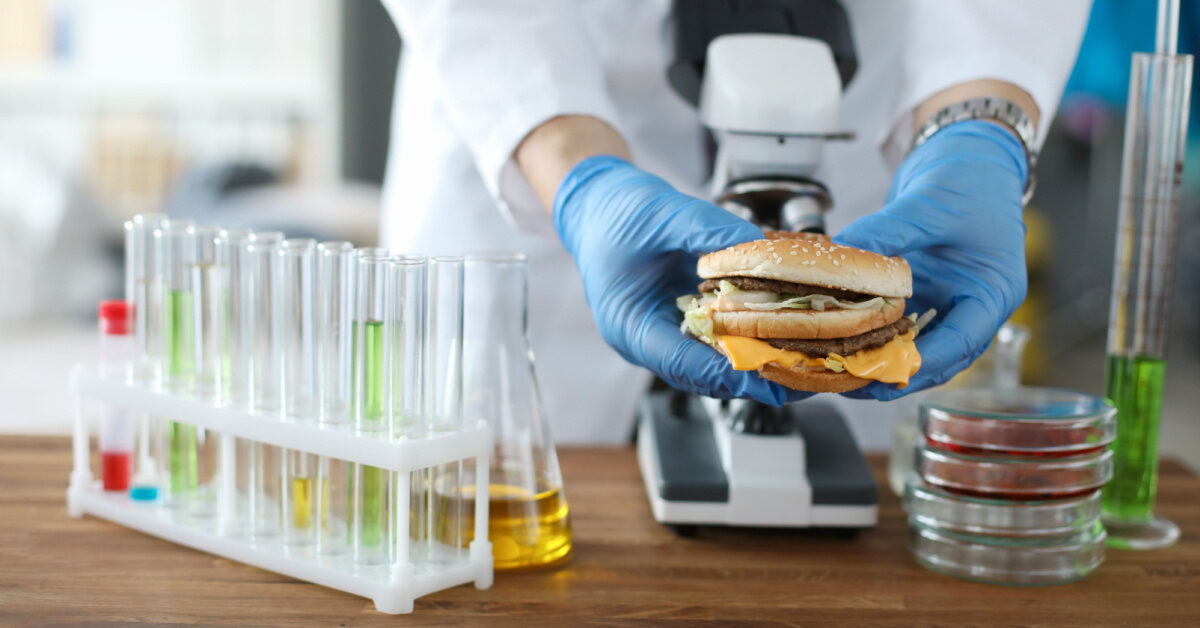As biotechs come up with fascinating, new ways to cultivate food, Israel-based Steakholder Foods has created the first-ever 3D-printed fish filets.
These ready-to-cook filets, which are developed from animal cells that are grown in laboratories, are obtained from the startup’s proprietary 3D bioprinters and customized bio-inks.
Said to have the same taste and texture as traditionally caught fish, this invention is a collaboration between Steakholder Foods and Singapore-based Umami Meats. But unlike the conventional methods of acquiring meat, this measure does not harm the environment, explained Arik Kaufman, CEO of Steakholder Foods.
“With an estimated size of $110 billion and projected growth of 3-4% annually in the near future, the seafood and fish market is a long-time part of our vision for introducing sustainable solutions that increase food security. Having created a customized bio-ink that works effectively with Umami’s cells and optimized the taste and texture to meet the high standards of consumers, we anticipate expanding our collaborations to a greater variety of species with additional partners,” said Kaufman.
The technology
The company has formulated its own bio ink that has been selected from cell lines and scaffolding material. The bio ink is then loaded onto the 3D printer, and in a few minutes, a whole cut of meat is printed. The meat is incubated for a few weeks in order to allow the stem cells to differentiate into muscle and fat cells, and for the muscle fibers to develop – with the right thickness and density – before it is ready to be cooked.
Focus of Steakholder Foods
Pioneering in the food technology industry, Steakholder Foods was established in 2017, with sustainability in mind. The company also specializes in the production of other meats, including those derived from poultry and livestock cell lines.
For the production of meat, stem cells are extracted and made to proliferate in chambers that feed it nutrition. Once the optimal number of stem cells are obtained, they differentiate into muscle and fat cells which are used to create meat for all sorts of dishes including burgers, kebabs, meat loaves and meat pies.
In September last year, the company had announced the development of its cultured beef product Omakase Beef Morsels made from its 3D printers. The company has also cultivated the largest ever – 3.67 oz (104 grams) – printed cultured steak.
The advent of foodtech
With the first lab-grown burger – created by scientists in The Netherlands – eaten on live television in 2013, the food tech industry has grown since, and the global market is expected to surpass $385.7 billion by 2030. The cultured meat industry is flourishing, with companies like the Dutch biotech Mosa Meat and U.S.-based UPSIDE Foods making headlines, as synthetic biology is transforming how we grow food.





